Vacuum Forming for Theatre Productions
Vacuum Forming for Theatre Productions
Bringing props, costumes and scenery to life
Bringing props, costumes and scenery to life
Live performances have been thrilling audiences for millennia with tales of heroic, mythical exploits and more. Theatre venues have existed for just as long, giving performers a defined space to tell their stories and bring magic to the stage.
As the stories have evolved, so the stagecraft around them have evolved too. Modern theatre directors and designers are approaching todays plays, musicals, ballets, opera and more with open minds and blank sheets, letting their imaginations go wild as they interpret new (and old) pieces for new audiences.
For the crafts people charged with turning these ideas into reality, a wide variety of tools, machines and materials are at their disposal. But vacuum forming, which combines artistry, engineering, and innovation, is a well-used technique to create captivating stage designs, props, costumes and more. Whether you’re a seasoned theatre professional or a curious enthusiast, understanding vacuum forming and its opportunities can really help bring creations to life and speed-up workflow.
The process involves heating a plastic sheet until soft and then draping it over a mould. A vacuum is applied underneath, sucking the sheet into the mould and capturing every detail. The sheet is then cooled and ejected from the mould. The result? Intricate forms that range from realistic brick walls to fantastical creatures, to be finished into stage-ready creations.
Making a scene at the opera
The English National Opera is one of the world’s most innovative and accessible opera companies with an international reputation for distinctive, contemporary and highly theatrical productions.
Megan Bearup, Head Milliner, is responsible for making hats as well as masks, wigs, props, jewellery and other costume pieces. A production of Benvenuto Cellini, directed by Terry Gilliam, presented an interesting challenge. "The designer was asking us to make a lot of items that we needed to have a lot of. And they need to all look fairly uniform and similar."
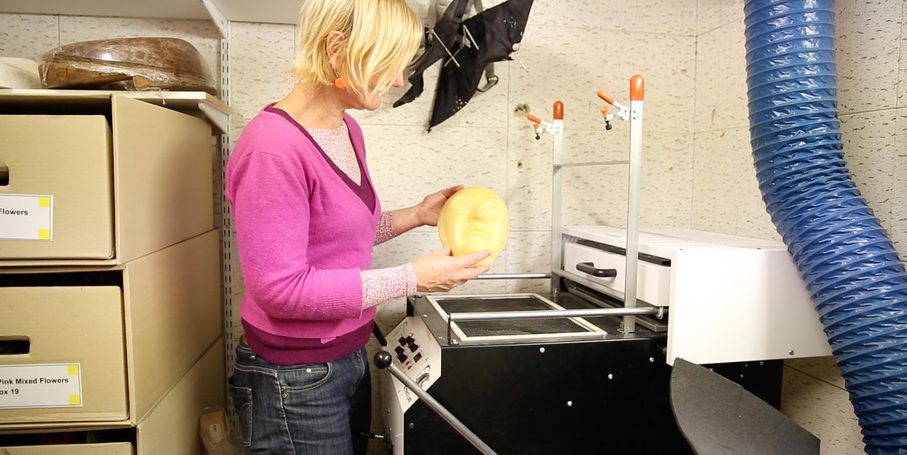
Realising that a vacuum former would be perfect for her needs, Megan contacted Formech. "I rang them up and we got a vacuum forming machine, which has worked perfectly."
One of the projects involved creating headdresses for the Swiss Guard characters. "The Designer liked the idea of using a helmet-like piece at the back. And at the front, she wanted something that looked like a skull."
Looking through her existing pieces, Megan found elements she could use. "I had a mould that was of a sort-of Grecian skull [to make the helmet] so we vacuum formed that shape using plaster. Then I had a face mould, from which I made a skull shape. Again, we vacuum formed the shape of that."
Putting the two pieces together - the helmet and the skull - created the headdress the designer wanted. "We were able to paint up the front of the skull mask to make it silver, and then we used fabric to cover the other parts. All the Swiss Guards did look exactly the same, so that was great."
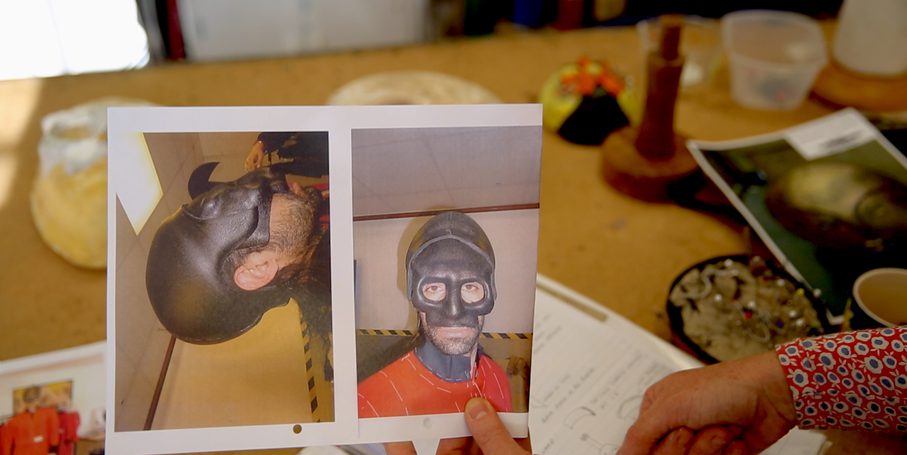
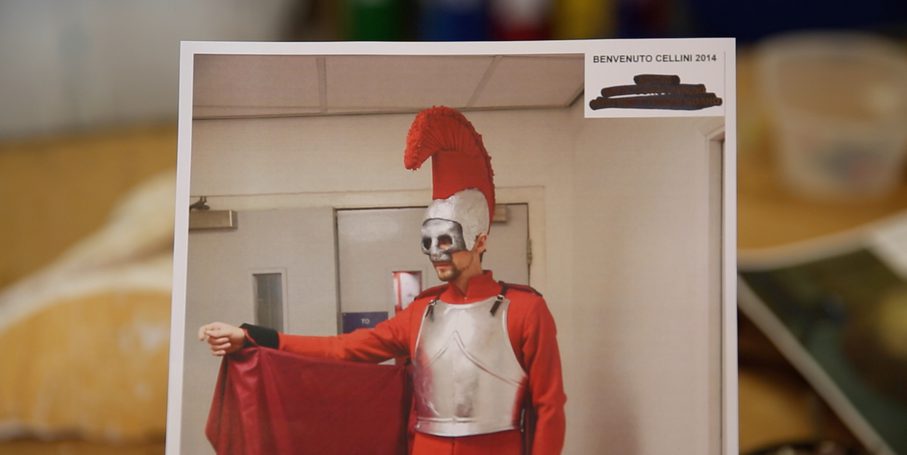
Modifying the masks
Similarly, Megan needed to produce welding masks for a scene where the men's chorus and actors emerge from a furnace. An actual welding mask was purchased but, because the singers were coming out wearing the masks, they needed to be modified to be able to move out of their faces.
"I just repositioned where the face piece was," said Megan. "We then made a plaster mould of that shape and I was able to vacuum form shapes over the top." Combined with a second piece, moulded out of polystyrene, the masks were on a mechanism that flipped them back so the singers could perform unhindered.
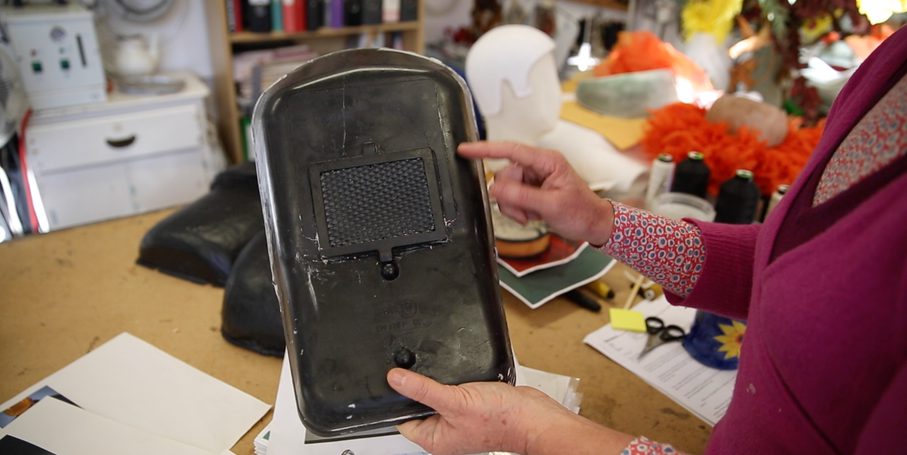

Benefits and Opportunities
"The making of the mould took a bit of time, but once we had the mould then we could really produce as many as we wanted. Because we could vacuum form the basic shapes to put them together it just cut the process time down. If we had to try and hand make each individual one and have them so they all look the same, it would have taken us forever."
Reflecting on the purchase from Formech, Megan identified the opportunities and possibilities it presented.
"We got the vacuum forming machine for one particular reason but as I started using the machine, I realised there were more and more applications and more ways that I could use it. The more I use it, the more I learn, and the more I learn, the more I know how many different ways I can use it."
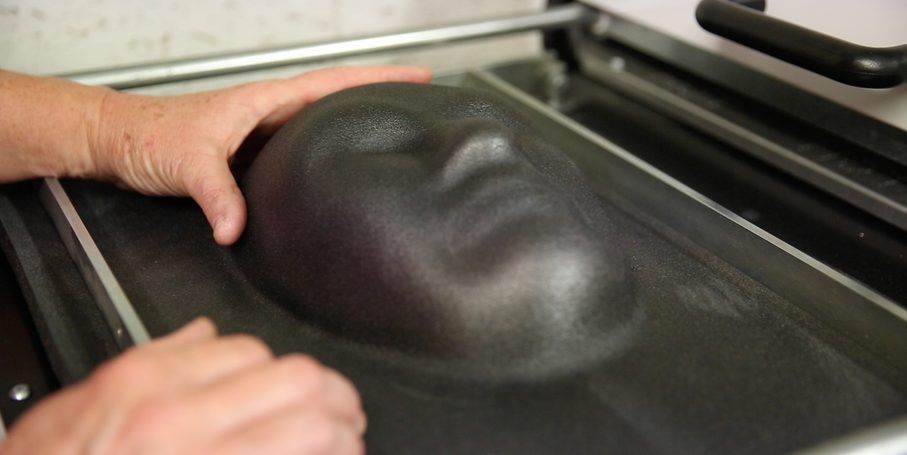

Masking confidence
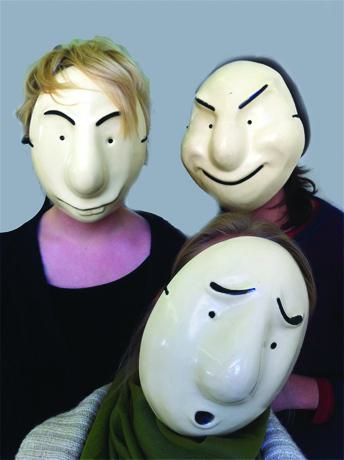
One theatre company that is grasping the opportunities that vacuum forming offers is at Trestle Theatre Company, a mask and physical theatre company, charged with inspiring creativity and everyone it works with. All of its work has an educational value to it, and it works across ages and abilities.
Karene Horner Hughes is the Learning & Participation Coordinator at Trestle and highlights how using masks can help connect performers with audiences.
"The joy of our company is that we not only make the masks but we get to play with them as well and we get to explore bringing them to life. And the masks really help with people that might struggle to express emotion or might struggle to talk on stage. Once there's a mask on, the confidence can really come through."
"They are not just tied to theatre. They can be used in therapeutic settings for people with behavioural changes and helping adapt and address different emotions, but also great for people with mental health issues and exploring the joy of having the face already so clear. And you can try and find those different emotions without having to use your words."
Maximising mask making
The team at Trestle are using their Formech vacuum forming machines every day to create their masks. When it creates a new mask show, it first 'auditions' all of its existing masks to find out which characters it doesn't have.
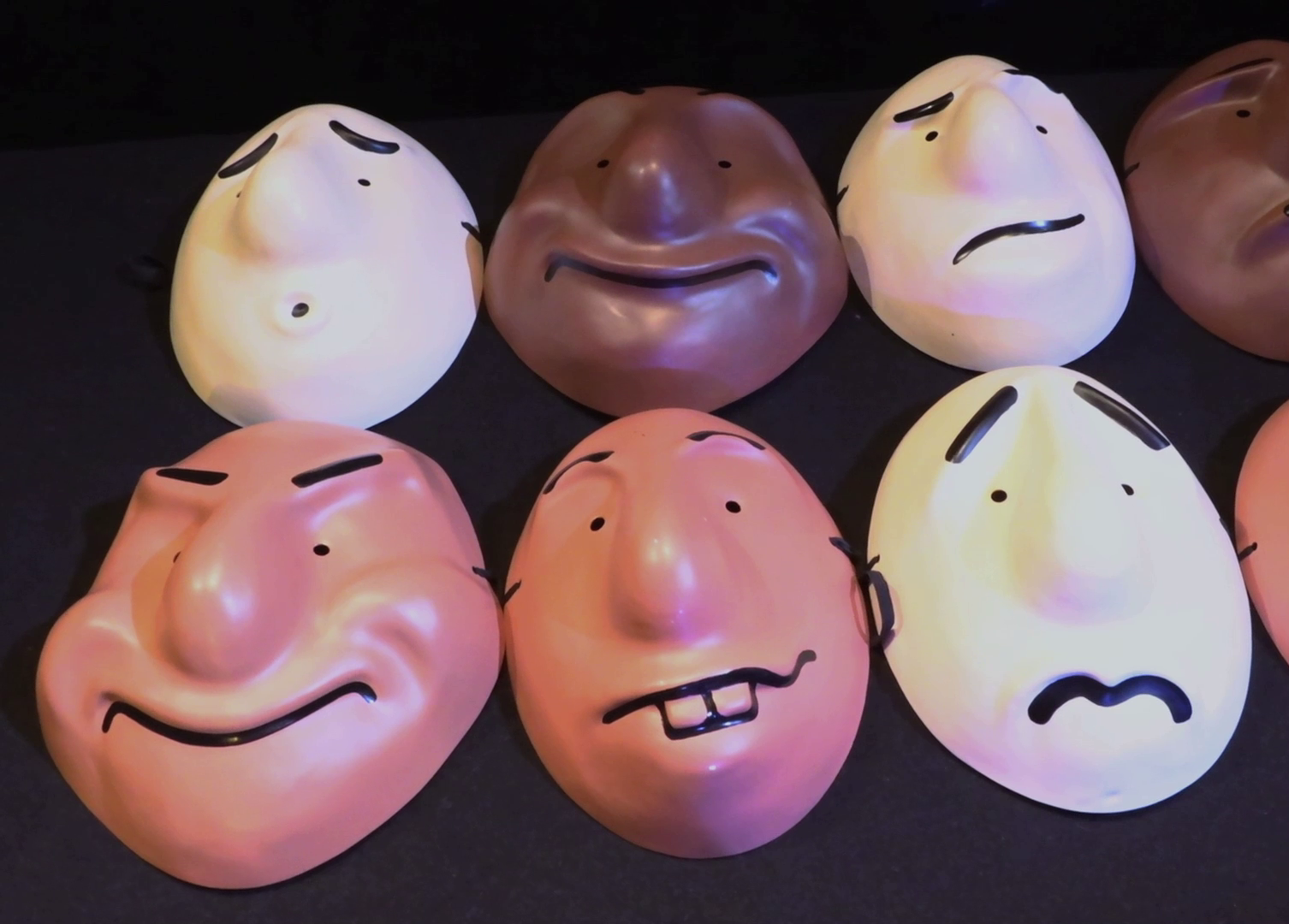
The Mask department organises its masks into three types - basic, intermediate and advanced – and brings individual masks up to the rehearsal room, trying them out with the actors.
The performers review how well the masks relate to the show they're creating, and if a mask needs to be more smiley or serious, for example, or if a facial expression needs tweaking. The Mask team return to the workshop, remould the clay and pull a new mask from the vacuum forming machine until the production team get to the point where they feel they've found the characters.
"The Formech machines allow us to experiment with prototypes, customise and then produce the final mask,” said Joe Martin, Mask Maker at Trestle Theatre Company. “And then we'll take it into the workshop where it will be cut, sanded and painted."
A long partnership
Reflecting on their longevity, he added, "We've had Formech machines for a long time. They've pulled about 100,000 masks and still work perfectly."
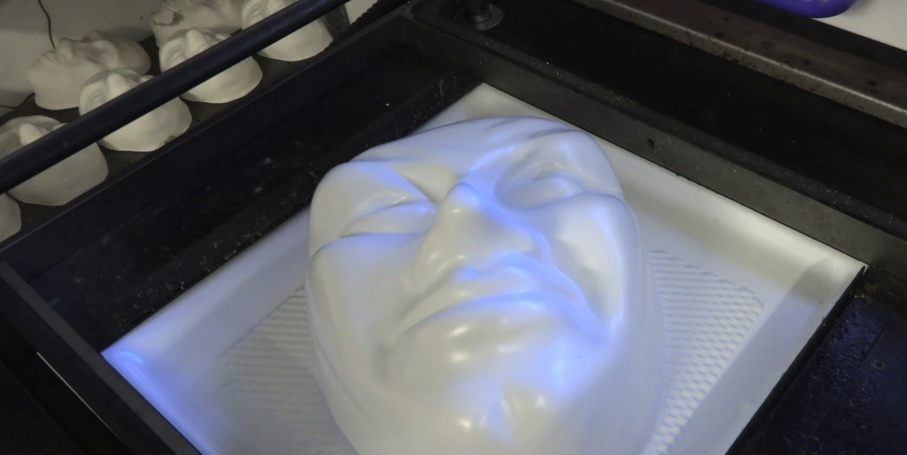
"We also create bespoke masks," said Joseph Arm, Mask Team Leader. "When we get a commission, we work with the customer to design the mask through sketching. From the sketch we then make a little maquette to turn the sketch into three dimensions that we then make a full size version in clay, which we keep in clay when we vacuum form because we can bring it back out and make some alterations on it. After that we can turn it into plaster to keep it as a mould that we use over and over again."
"And one of our commissions is Nina Conti, who is a patron of our company, and a comedian and ventriloquist. We're open for commissions all around the world and make about 5,000 masks in Trestle Arts Base every year."
More applications
Vacuum forming offers a wide range of theatrical applications beyond costumes and masks. For example, it allows designers to create lightweight, durable, and visually stunning backdrops and stage scenery.
Vacuum forming is also the secret behind props and set pieces. Ever wondered how those intricately textured rocks, ornate columns, or lifelike tree bark appear on stage? Or how bespoke props are crafted to a specific design? Vacuum forming transforms simple plastic sheets into extraordinary objects.

For example, Aardman uses Formech vacuum forming machines to create props and sets for its animated productions, quickly and efficiently under the time restraints of TV and film.
They may be smaller than a theatre production, but vacuum forming helps bring out the amazing detail required.
Also, one of the advantages of vacuum forming is the wide range of plastic types available to use, with each offering unique properties such as fire retardancy or translucency. Unsure of which type is best for a project? Just ask!
Forming memories
Vacuum forming is the theatre creative’s secret weapon, playing a crucial role in turning imagination into reality. Its flexibility and reliability has played a vital part in creating on-stage magic to marvel audiences, and give performers an unlimited set of tools to express their art.
More Information
Watch Megan Bearup describe how she created her pieces for the ENO as well as follow the mask-making process at Trestle Theatre Company. You can also see how Aardman use Formech vacuum forming machines to create the props and scenery for their animated productions.
You can find out more about Formech’s Desktop and Floor Standing vacuum forming machines, which perfectly balance size, features and convenience for theatrical creatives.


